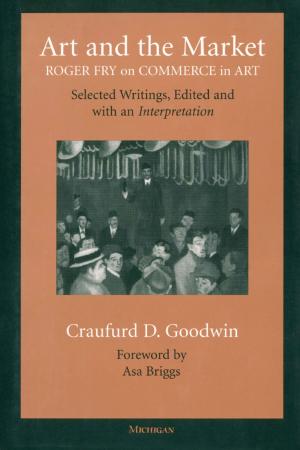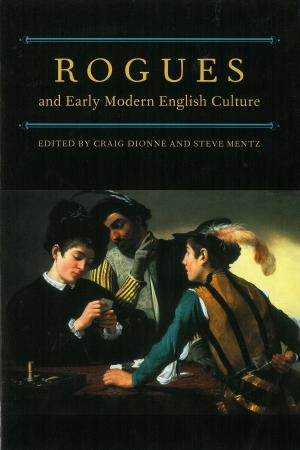This Is My Body
Representational Practices in the Early Middle Ages
Nonfiction, History, Medieval, Entertainment, Performing Arts, Fiction & Literature, Literary Theory & Criticism| Author: | Michal Andrzej Kobialka | ISBN: | 9780472024360 |
| Publisher: | University of Michigan Press | Publication: | December 22, 2009 |
| Imprint: | University of Michigan Press | Language: | English |
| Author: | Michal Andrzej Kobialka |
| ISBN: | 9780472024360 |
| Publisher: | University of Michigan Press |
| Publication: | December 22, 2009 |
| Imprint: | University of Michigan Press |
| Language: | English |
The recipient of the annual Award for Outstanding Book in Theatre Practice and Pedagogy from the Association for Theatre in Higher Education, This Is My Body realigns representational practices in the early Middle Ages with current debates on the nature of representation. Michal Kobialkai's study views the medieval concept of representation as having been in flux and crossed by different modes of seeing, until it was stabilized by the constitutions of the Fourth Lateran Council in 1215. Kobialka argues that the concept of representation in the early Middle Ages had little to do with the tradition that considers representation in terms of Aristotle or Plato; rather, it was enshrined in the interpretation of Hoc est corpus meum [This is my body] -- the words spoken by Christ to the apostles at the Last Supper -- and in establishing the visibility of the body of Christ that had disappeared from view.
Michal Kobialka is Professor in the Department of Theatre Arts and Dance at the University of Minnesota.
The recipient of the annual Award for Outstanding Book in Theatre Practice and Pedagogy from the Association for Theatre in Higher Education, This Is My Body realigns representational practices in the early Middle Ages with current debates on the nature of representation. Michal Kobialkai's study views the medieval concept of representation as having been in flux and crossed by different modes of seeing, until it was stabilized by the constitutions of the Fourth Lateran Council in 1215. Kobialka argues that the concept of representation in the early Middle Ages had little to do with the tradition that considers representation in terms of Aristotle or Plato; rather, it was enshrined in the interpretation of Hoc est corpus meum [This is my body] -- the words spoken by Christ to the apostles at the Last Supper -- and in establishing the visibility of the body of Christ that had disappeared from view.
Michal Kobialka is Professor in the Department of Theatre Arts and Dance at the University of Minnesota.















